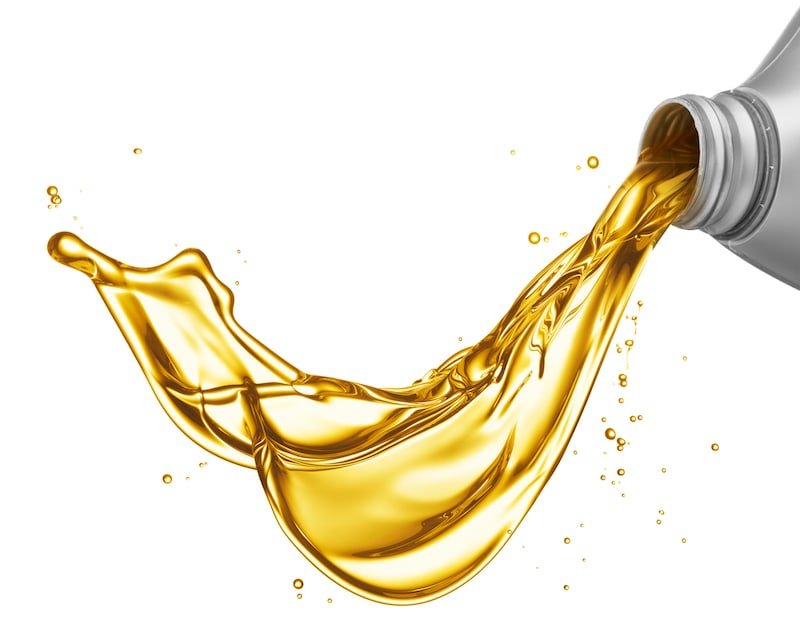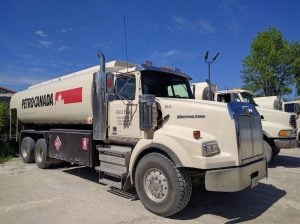Operating machinery in Canada’s polar extremes can be challenging even in the best of times. The last thing you want is to be caught flat-footed with a lubricant that just can’t function in these punishing weather conditions. By building a strong relationship with Bird Fuels, your local fuel delivery supplier, you’ll be better able to select lubricants that will work well in cold weather. Learn more about the best lubricants to use during the colder winter months.
Winter Lubricant Qualities
A good cold-weather lubricant will maintain its viscosity and flow even when temperatures dip below zero. While all lubricants will become more sluggish as they grow colder, good winter lubricants can maintain their performance even at subzero temperatures. Other factors you’ll want to consider when selecting a cold-weather lubricant include:
- Whether your winter lubricant is compatible with your summer lubricant (or can be used year-round)—this can help you avoid the expensive and time-consuming process of draining, flushing, and replacing the lubricant.
- What temperatures you can expect—if you’re operating at an average of 0 degrees Celsius, you may need a different lubricant than if you’re operating at an average of -20 or -40 degrees Celsius. And if this temperature tends to fluctuate dramatically, you’ll want to choose a lubricant that can perform in a range of temperatures.
What are the Best Winter Lubricants?
Two of the best winter lubricants are also the simplest: oils and greases.
Cold Weather Oils
Synthetic oils, particularly polyalphaolefins (PAO) oils, operate normally at temperatures well below -20 degrees Celsius. Because these oils have low volatility and minimal wax, they can maintain their flow no matter the temperature, and remain pumpable even at -45 degrees Celsius. In addition, PAO oils can handle heavy loads and tend to avoid corrosion, making them a great choice for equipment operators who often work in dirty or inhospitable conditions.
Cold Weather Grease
Grease, a cousin of oil, consists of a base oil that is mixed with a thickening agent and various additives. These additives can help the grease adapt to a variety of conditions; for example, by mixing PAO base oil with aluminum complex as an emulsifier, you’ll end up with a cold-friendly grease that also resists water, rust, and corrosion.
Another natural advantage of cold-weather grease is its versatility. Because grease begins its life as oil, it is flexible and can revert to its starting consistency no matter how many times it’s been heated and cooled. This reduces the risk that the grease will become “gummy” and clog equipment components, especially once the additives come into play.
Fuel Delivery is Key
By building a strong relationship with Bird Fuels, you’ll be able to get custom advice and guidance on the best cold-weather lubricants for your operations. Bird Fuels stocks and delivers a wide variety of Petro Canada lubricants, greases and fuels, with 24-hour emergency services to ensure your needs are always met. Contact us today to learn more about what we can offer.
Should we put the PC Lube link somewhere?




